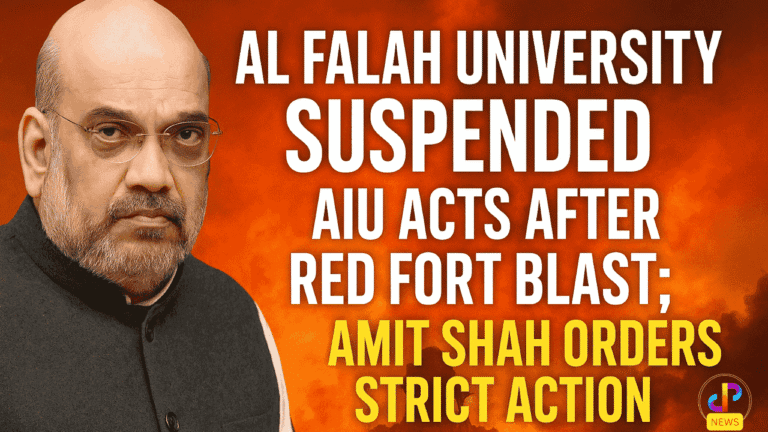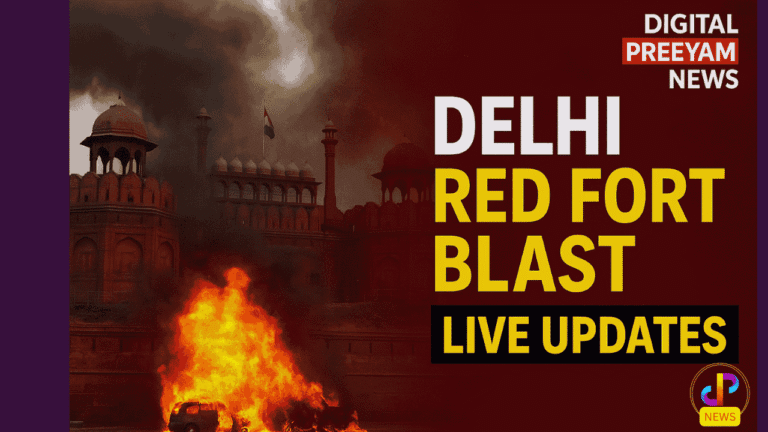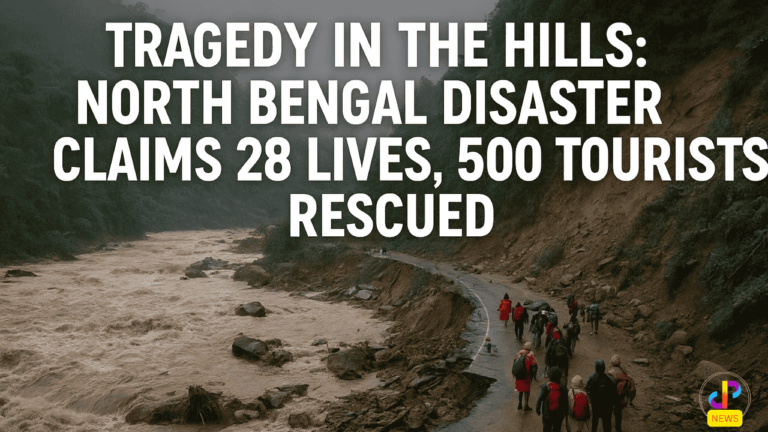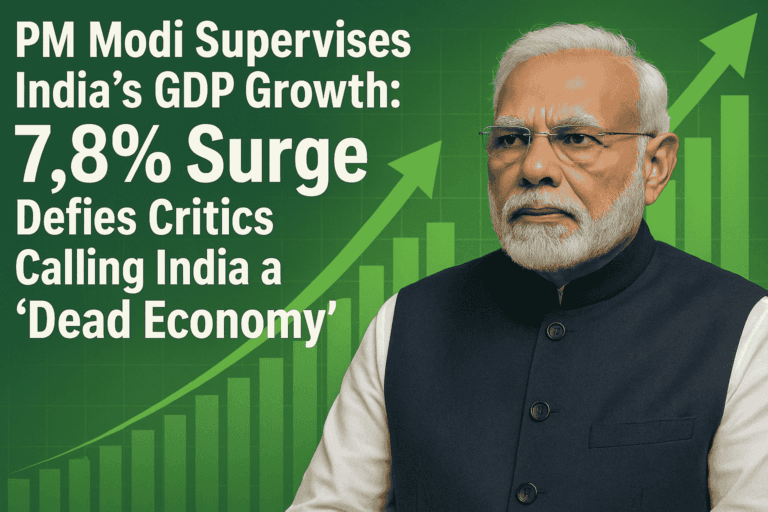North Bengal Disaster: 500 Tourists Rescued from Darjeeling as Death Toll Rises to 28 | Digital Preeyam News
North Bengal Disaster: 500 Tourists Rescued, Death Toll Reaches 28 Amid Flood Fury
Darjeeling, Oct 8 (Digital Preeyam News – Top India News):
The North Bengal Disaster has taken a tragic turn as the death toll climbed to 28, following relentless rainfall and landslides across Darjeeling, Jalpaiguri, and Alipurduar districts. Over 500 tourists stranded in Darjeeling have been rescued by the West Bengal Police and brought safely to Siliguri, even as Chief Minister Mamata Banerjee visited the flood-hit areas and blamed the Centre for “poor flood management” and “uncontrolled dam discharge.”
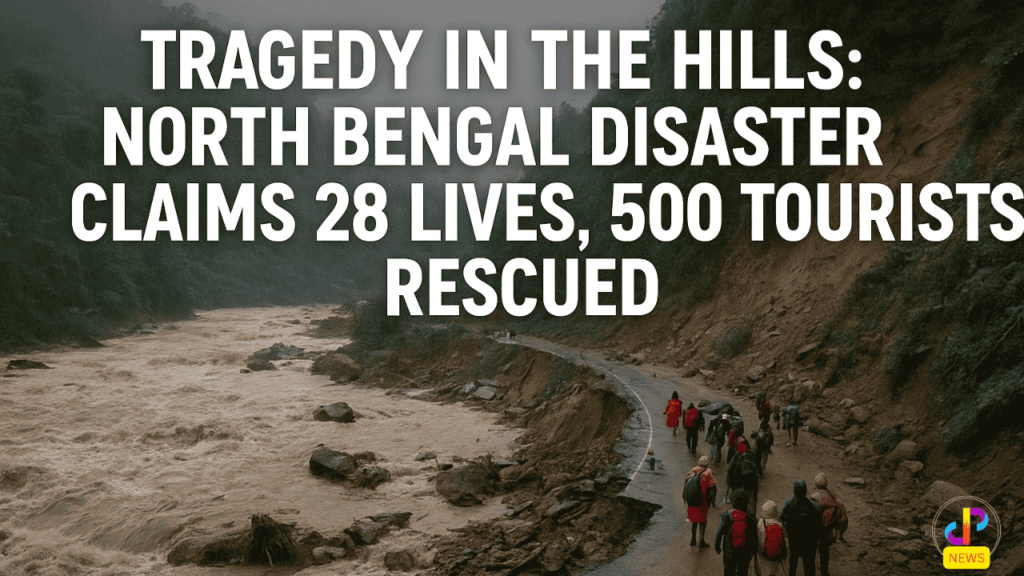
🔑 Key Updates on the North Bengal Disaster:
Death Toll: 28 confirmed deaths — 23 in Darjeeling and 5 in Jalpaiguri.
Tourists Rescued: Over 500 rescued from the hills and Dooars region.
Government Response: ₹5 lakh announced for the families of the deceased.
Infrastructure Damage: Multiple bridges and roads washed away, isolating several villages.
Chief Minister’s Visit: Mamata Banerjee and Chief Secretary Manoj Pant inspected relief camps.
Floods and Landslides Devastate North Bengal:
The picturesque hill town of Mirik, known for its iconic lake, now lies buried under thick layers of slush. Eleven deaths were reported from Mirik subdivision alone. Locals described scenes of panic as landslides struck in the early hours of October 5, sweeping away houses and cutting off entire communities.
The Balasan River bridge collapsed on Sunday, severing key transport routes. Thousands remain displaced across the region as emergency teams work to restore connectivity.
Mamata Banerjee Blames Centre for “Man-Made” Floods:
Chief Minister Mamata Banerjee has called the situation a “man-made disaster,” holding the Centre accountable for what she described as uncoordinated dam releases and lack of river dredging.
“North Bengal has been flooded with water from Bhutan and Sikkim. We receive water from Bihar, Jharkhand, and Uttar Pradesh too. How much can Bengal endure alone?” — Mamata Banerjee
She alleged that Bhutan’s Sankosh River and the Teesta River from Sikkim released huge volumes of water, overwhelming Bengal’s river systems. The Damodar Valley Corporation (DVC) was also criticized for releasing water “without warning.”
Ms. Banerjee urged the Centre to create an Indo-Bhutan River Commission to coordinate cross-border water management and prevent future tragedies.
Relief Measures and Promises of Reconstruction:
The Chief Minister announced that tourists will not be charged for their stay or transport during the crisis — the West Bengal government will bear all expenses.
A temporary bridge over the Balasan River is set to be built within 20 days, restoring connectivity to affected areas. Relief camps have been established in Darjeeling, Jalpaiguri, and Cooch Behar, offering food, shelter, and medical aid to flood victims.
Political Tensions and Violence in Flood-Hit Zone:
In a disturbing turn of events, a BJP delegation visiting Nagrakata was attacked by locals. BJP MP Khagen Murmu sustained serious injuries, and Siliguri MLA Sankar Ghosh was also assaulted.
While BJP leaders condemned the incident, Ms. Banerjee appealed for peace and unity:
“This is a time to help, not to fight. Let’s stand by one another and face this disaster together.”
Expert Insights: Need for Coordinated Flood Management
Experts have echoed the Chief Minister’s concerns, calling for better inter-state and international flood regulation between India, Bhutan, and Sikkim. Hydrologists warn that repeated high-volume dam discharges and climate-triggered cloudbursts are turning North Bengal into a disaster-prone zone.
Final Thoughts: Rebuilding North Bengal Amid Crisis
The North Bengal Disaster highlights the urgent need for coordinated water management, sustainable infrastructure, and flood-resistant planning in the Himalayan foothills. As relief operations continue, the resilience of locals and the dedication of rescue teams stand as a beacon of hope amid the devastation.
Stay tuned with Digital Preeyam News – Top India News for exclusive updates, on-ground reports, and expert analyses on the North Bengal floods and India’s disaster management strategies.
📢 Stay Connected with Digital Preeyam News – Your Source for Top India News:
✅ Real-time coverage of national disasters and rescue operations
✅ In-depth analysis of government policies and regional challenges
✅ Verified updates from across India’s most affected regions
👉 Follow Digital Preeyam News for more on India’s top headlines and breaking stories that matter.
Writer:
Preeyam Kumar Prasad
(Digital Preeyam)
Social Media Profile:
❓ Frequently Asked Questions (FAQs):
1. What caused the North Bengal Disaster in October 2025?
Answer: The North Bengal Disaster was triggered by continuous heavy rainfall and uncoordinated water discharge from nearby dams, leading to severe floods and landslides across Darjeeling, Jalpaiguri, and Alipurduar districts.
2. How many people have died in the North Bengal floods?
Answer: As of October 7, 2025, the death toll in the North Bengal Disaster has risen to 28, with most casualties reported from the Darjeeling hills due to landslides.
3. How many tourists were rescued from Darjeeling during the disaster?
Answer: Over 500 tourists stranded in Darjeeling and the Dooars region were rescued by the West Bengal Police and disaster response teams and relocated safely to Siliguri.
4. What steps has the West Bengal government taken to manage the North Bengal Disaster?
Answer: The state government has launched large-scale rescue and relief operations, announced ₹5 lakh compensation for the families of the deceased, and set up temporary shelters for displaced residents.
5. Why did Chief Minister Mamata Banerjee blame the Centre for the North Bengal floods?
Answer: Mamata Banerjee accused the Centre of poor flood management, citing unregulated dam discharges and lack of coordination between states, which worsened the flooding in North Bengal.
6. Which areas of North Bengal have been most affected by the floods and landslides?
Answer: The worst-hit areas include Darjeeling, Mirik, Jalpaiguri, Alipurduar, and Cooch Behar, where infrastructure damage, road blockages, and bridge collapses have disrupted normal life.
7. What are the government’s future plans for flood prevention in North Bengal?
Answer: The Chief Minister has proposed setting up an Indo-Bhutan River Commission to improve cross-border water management and ensure better disaster preparedness in the region.



